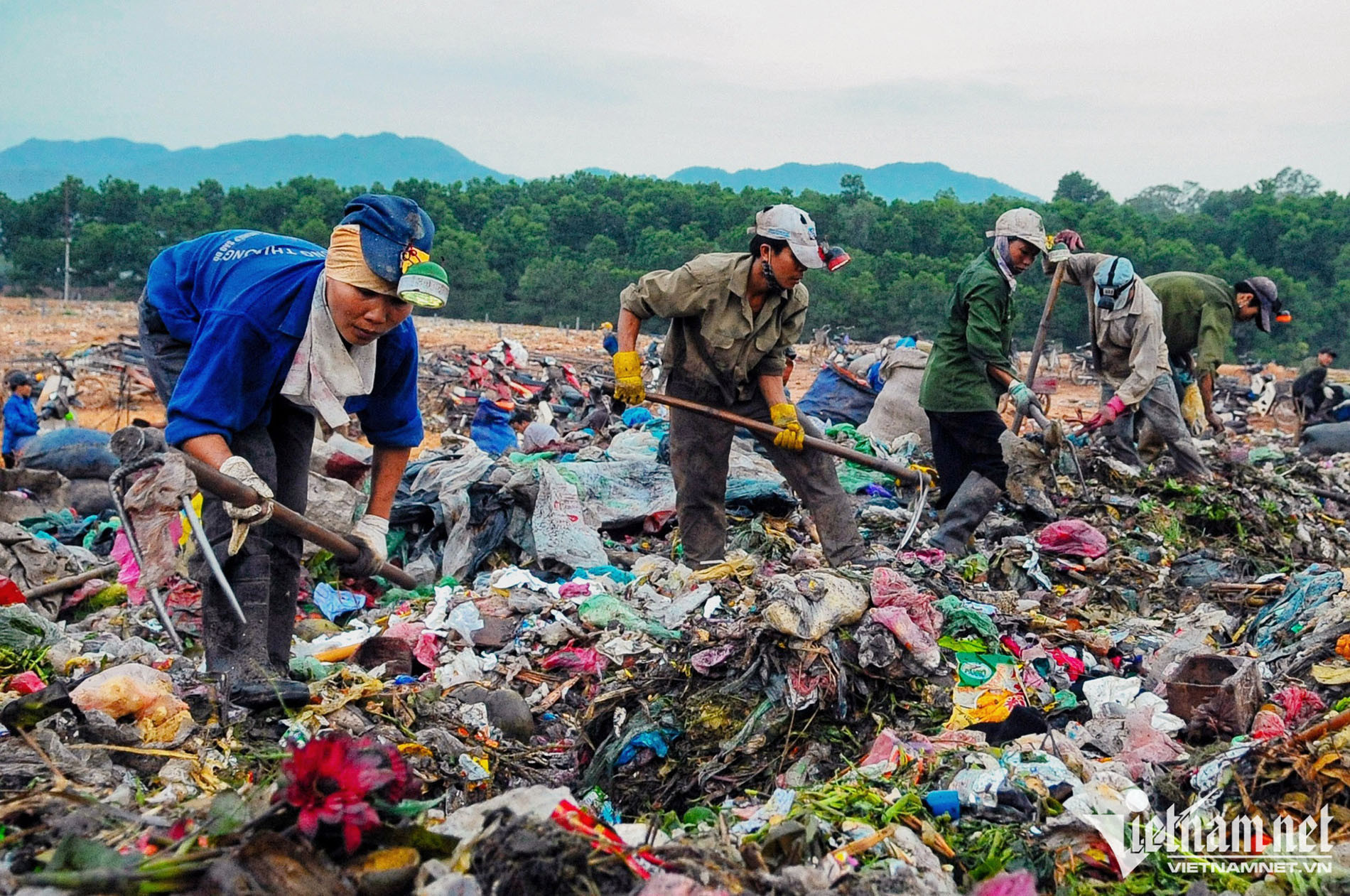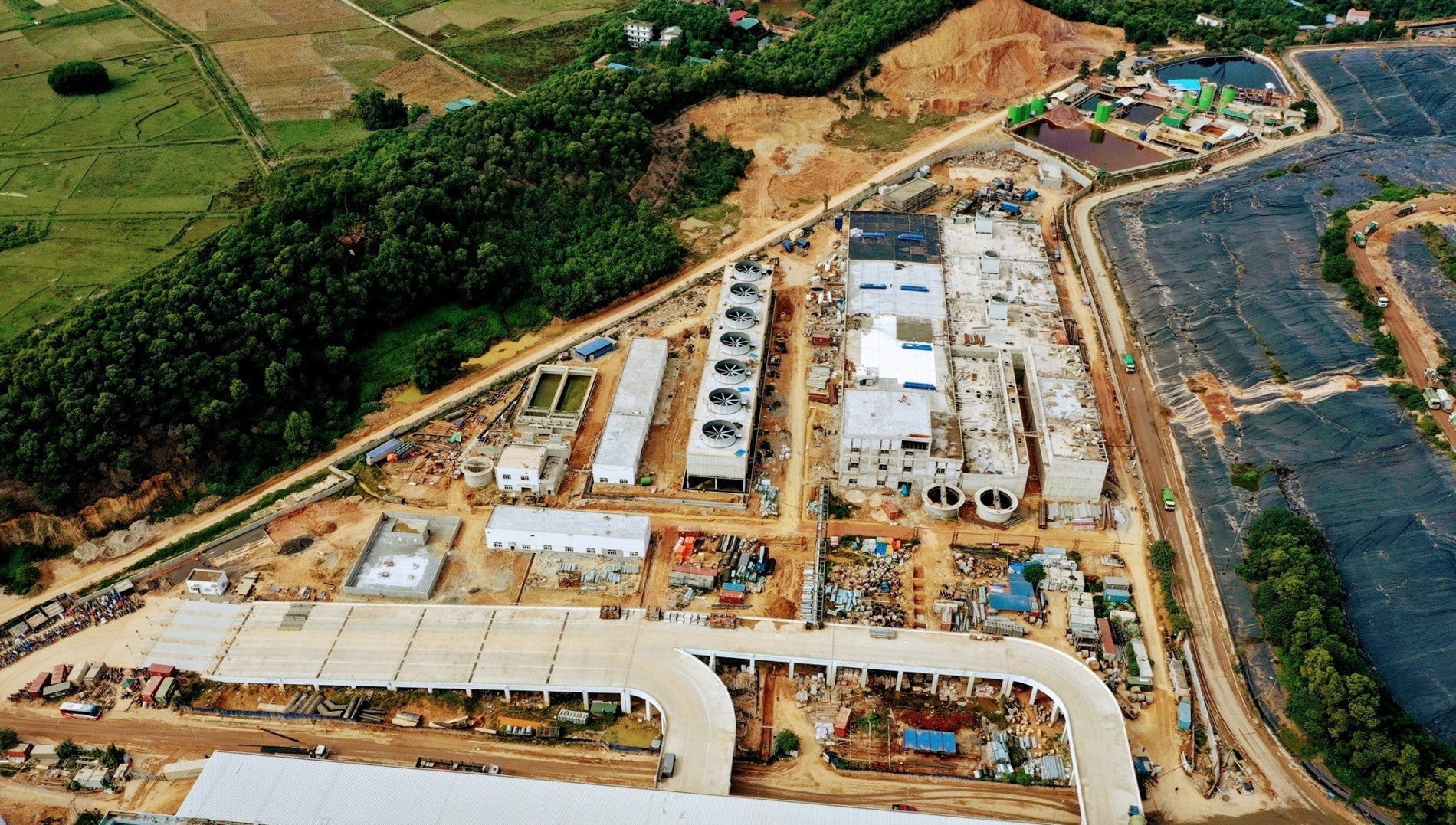Waste-to-energy incineration projects have been hailed as a promising solution to environmental pollution and a way to convert waste into usable energy.
However, investors in this sector are facing numerous hurdles, resulting in project timelines stretching between five to eight years from start to finish.
Complex and overlapping procedures delay implementation

Waste incineration reduces up to 95% of waste volume and mass, harnesses heat for electricity generation, and helps cut greenhouse gas emissions. Yet investors face challenges in project approvals, investor selection, grid connection procedures, and unattractive electricity pricing mechanisms.
A key obstacle is the complexity of administrative procedures, which significantly delays project execution. One investor shared with VietNamNet the arduous path of launching a waste-to-energy project, citing red tape as a major factor behind the 5–8 year timeline.
In the past, getting a project included in the national power plan was a major hurdle. Only after the implementation plan for Power Development Plan VIII was released in December 2024 did these projects resume. If a project isn’t included in the power plan, it cannot receive investment approval, which subsequently delays environmental impact assessments (EIA), basic design approval, fire safety, construction permits, and other procedures.
Many projects encounter overlapping and inconsistent planning across sectors - land use, environment, power, and construction. Some have environmental plans but lack construction approval, or vice versa. Even when both exist, the absence of a power plan prevents progress.
“Even with all relevant plans in place, approving a detailed 1:500 zoning plan can take 4–6 months - or even a year - due to mandatory two-round community consultations, each lasting 40 days. On average, zoning alone takes at least six months, and up to two years in some cases,” the investor explained. Environmental assessments also require 6 to 12 months.
Waste-to-energy projects fall under multiple laws, decrees, and regulations, including the Environment Law, Land Law, Public Investment Law, Investment Law, Planning Law, Construction Law, Electricity Law, Bidding Law, and Budget Law (since waste treatment is often publicly funded). Many existing standards are outdated and incompatible with modern, EU-standard technologies for emissions and wastewater treatment.
While most investment approvals fall under local authorities - who handle investment policies, investor selection, and technology evaluation - construction and environmental permits often fall under central government jurisdiction. This causes conflicting authority and regulatory confusion.
Notably, waste-to-energy plants must comply with regulations for both power plants and environmental treatment facilities, which doubles the implementation timeline compared to conventional power projects like thermal or hydroelectric plants.
Most waste-to-energy plants are standalone and not located in industrial zones, which requires investors to complete numerous additional steps - such as obtaining airspace clearance from the Ministry of Defense, negotiating water supply and wastewater discharge permits with departments of agriculture and environment, securing cooling water sources from irrigation agencies, arranging grid connection agreements with power companies, and coordinating road excavation permissions with local traffic and construction agencies.
Each main project includes many subprojects - such as high-voltage transmission lines and cooling water pumping stations - which also require separate investment approvals, land acquisition, zoning plans, and technical assessments, further extending the timeline.
Lack of service contracts increases investment risk

A joint report by the Vietnam Chamber of Commerce and Industry (VCCI) and USAID highlights that legal inconsistencies and burdensome administrative processes make waste-to-energy projects less attractive to investors.
The report outlines two main approval phases: first, selecting an investor via bidding or tech conversion for existing projects; second, selecting a waste treatment service provider through short-term bidding or direct contracting.
This, according to VCCI, does not suit the nature of waste-to-energy. Initial investment costs are high, and investors need guarantees for cost recovery. Moreover, local governments are both the sole providers of waste (input) and the sole customers paying treatment fees (output). Without guaranteed waste supply, no one will invest billions of dong without input certainty.
In many cases, local authorities still treat waste-to-energy as if it were a private industrial venture, forcing investors to independently complete all procedures. However, these projects are public-service oriented, intended to serve local waste management, with both feedstock and payments dependent entirely on provincial authorities.
Without long-term service contracts from local governments - guaranteeing waste volumes and treatment rates in line with approved project capacity - investors and lenders cannot proceed with implementation.
Support from authorities remains insufficient. Investors are left to navigate the convoluted process alone, reducing project viability.
Policies still lack appeal
Since 2014, under Decision No. 31/2014/QD-TTg, the government set a preferential feed-in tariff (FIT) of 10.05 US cents/kWh for direct waste-to-energy projects. Yet, over the past decade, only eight projects have achieved commercial operation - far below Vietnam’s urban waste treatment potential.
This reveals that the current electricity pricing scheme and broader policies fail to attract investors, especially compared to more generous incentives for wind and solar energy in the past. Waste-to-energy projects face higher capital costs, more complex technologies, more cumbersome procedures, and longer payback periods.
To make waste-to-energy viable, Vietnam needs a combined support policy - both in electricity pricing and in waste treatment fees.
Today, waste-to-energy projects in Vietnam remain bogged down by legal bottlenecks and uninspiring incentives. A project that reaches operation within five years is considered “fast,” while most take six to eight years or more.
In reality, delays are widespread:
The Soc Son Waste-to-Energy Plant (Thien Y) in Hanoi took seven years from approval to operation.
The Phu Tho project in Tram Than Commune remains unfinished after eight years.
The Bim Son plant in Thanh Hoa has requested multiple extensions over seven years but remains incomplete.
Faster projects - such as those in Thuan Thanh (Bac Ninh), Luong Tai (Bac Ninh), and Seraphin (Hanoi) - still required four years from approval to construction, testing, and full operation.
In Ho Chi Minh City, despite immense waste management pressure, projects by Tam Sinh Nghia, Vietstar, and Tasco have all faced major delays due to procedural hurdles.
In light of these challenges, VCCI recommends urgent action from the government, Ministry of Industry and Trade, Ministry of Natural Resources and Environment, Ministry of Construction, and relevant agencies. Key proposals include:
Ensuring macro-policy stability to build long-term investor confidence;
Updating legal frameworks to align with modern technology and industry needs;
Signing long-term service contracts guaranteeing waste volume and treatment rates to help investors reach break-even points and ensure reasonable profits.
Coordinated, decisive support from state agencies will be vital in removing roadblocks, enabling efficient and sustainable implementation of waste-to-energy projects, and offering a lasting solution to Vietnam’s urban waste crisis while promoting renewable energy development.
Tam An